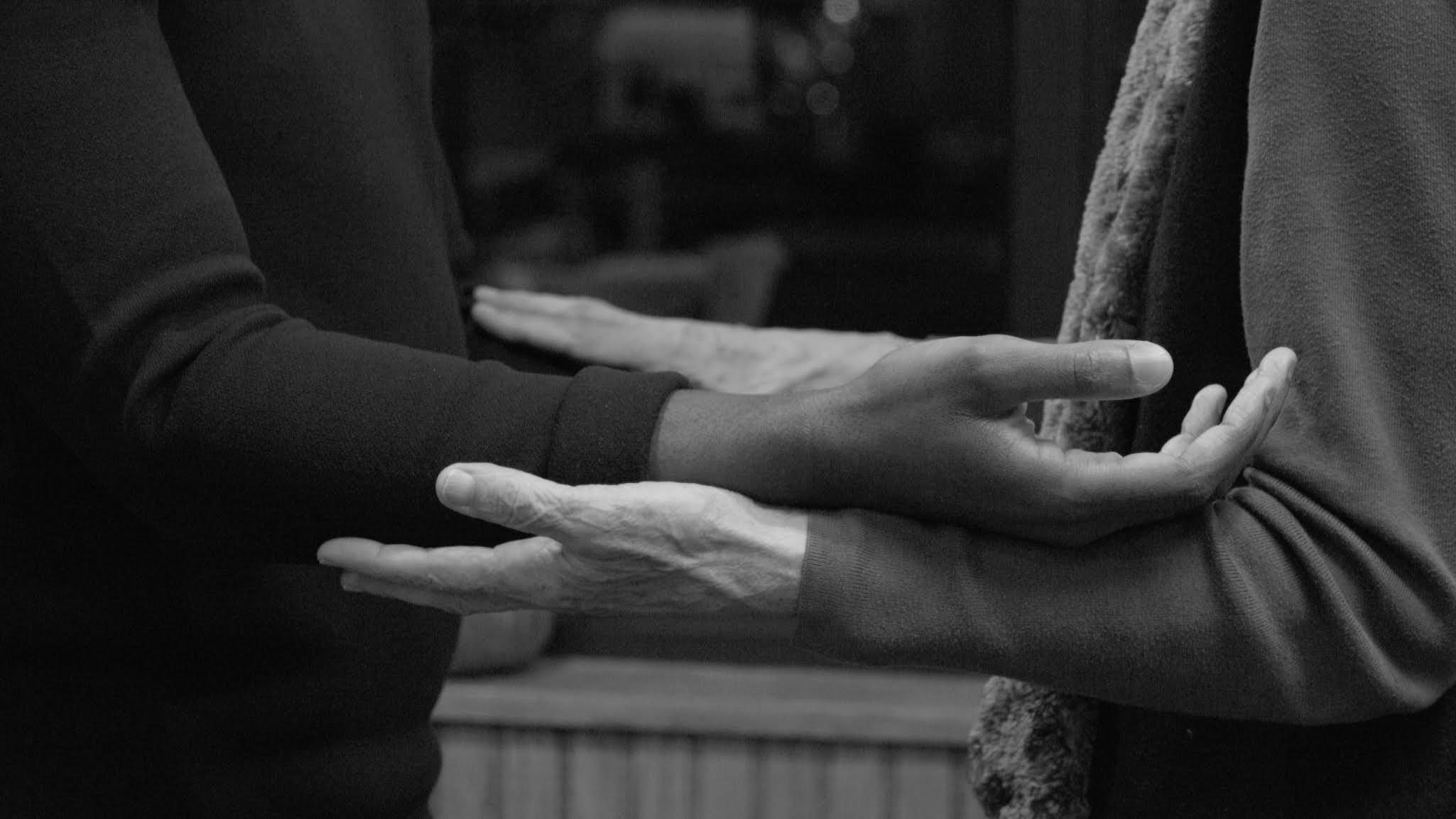See Malcom X's speech The Ballot or the Bullet (1964) →
Barbara Dilley letter to Yvonne Rainer reflecting on Robert Morris's piece Continuous Project Altered Daily (1969) in Feelings Are Facts (Cambridge: MIT Press, 2006).
Keeanga-Yamahtta Taylor, #Black Lives Matter to Black Liberation (Chicago: Haymarket Books, 2016).
Barbara Dilley letter to Yvonne Rainer reflecting on Robert Morris's piece Continuous Project Altered Daily (1969) in Feelings Are Facts (Cambridge: MIT Press, 2006).
The Pitfalls of Liberalism, by Stokley Carmichael in the Black Dada Reader
See Ron Silliman's poem ”Albany” in ABC (Tuumba Press, 1983) →
